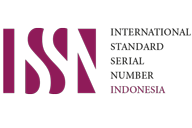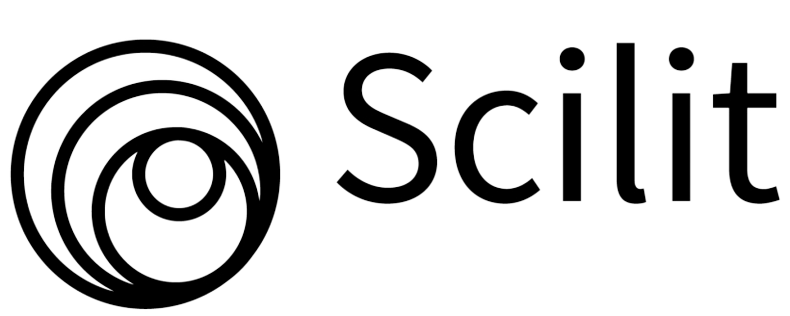Survey of Teachers' Capabilities in Implementing Differentiated Learning at SDN Gugus I Mataram District
Baiq Rufaida Agustina*, Asrin, Hasnawati
DOI:
https://doi.org/10.61787/jj4py832Keywords:
Ability, Differentiated, Learning, TeacherAbstract
Briefly describe the content and scope of your article and identify the purpose, methodology, and desired findings, conclusions, or results (berbahasa Inggris). Differentiated learning is a teaching method custom-made to the varying needs and abilities of each student. This research aims to assess teachers' ability to implement differentiated learning in Cluster I, Mataram Subdistrict. The research method used is quantitative descriptive research. The sample consists of four schools, including Grade I and Grade IV teachers in Cluster I, Mataram Subdistrict. Data collection techniques used in this study include questionnaires, interviews, and documentation. These methods aim to gather data and information regarding “Teachers Ability to Implement Differentiated Learning in Cluster I, Mataram Subdistrict”. The instrument's validity was assessed through expert validation. Based on the research, the average descriptive percentage score for the seven indicators of teachers ability to implement differentiated learning is 83.75%, falling into the “High” category. The highest descriptive percentage score is for teachers' ability to plan and implement diagnostic assessments and their ability to adjust learning based on students' achievement levels and characteristics with a percentage score of 87.5%, also categorized as “High”. The lowest descriptive percentage score is for teacher's ability to report learning progress, with a percentage score of 68.75%, classified as “Medium”.
















